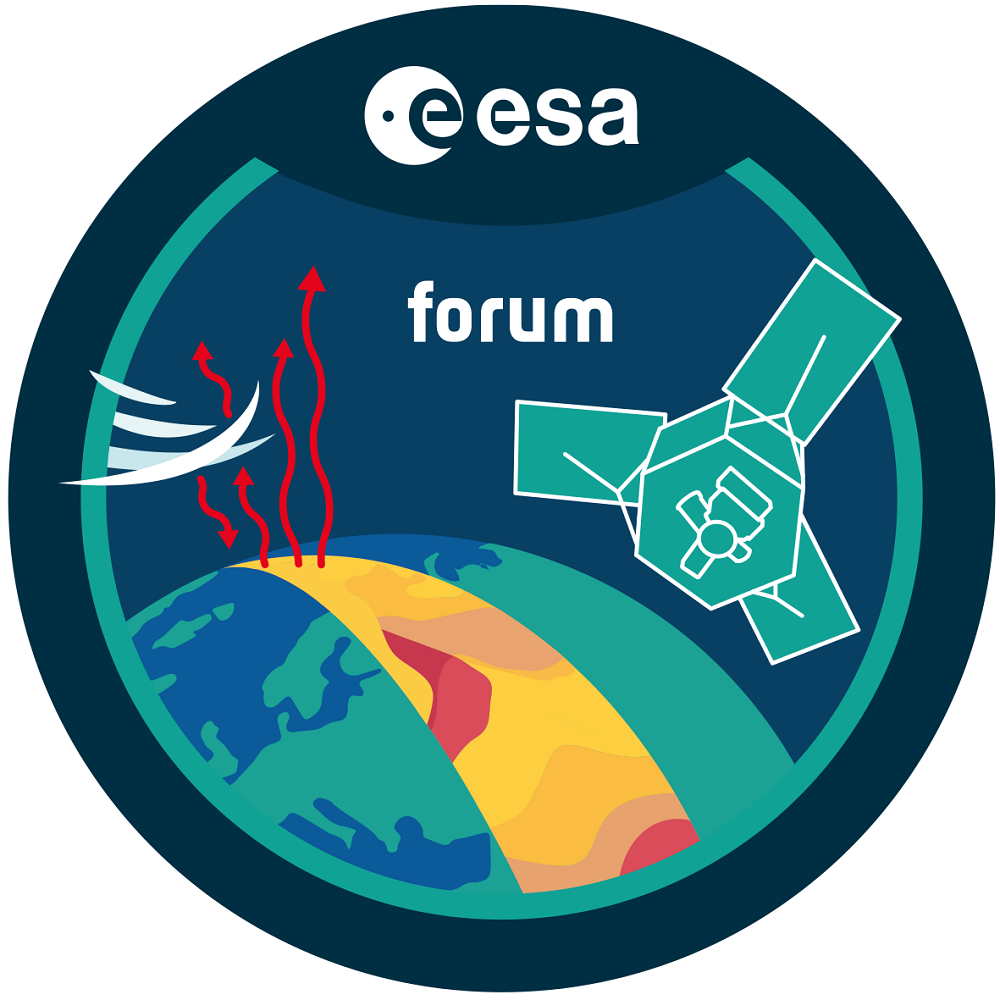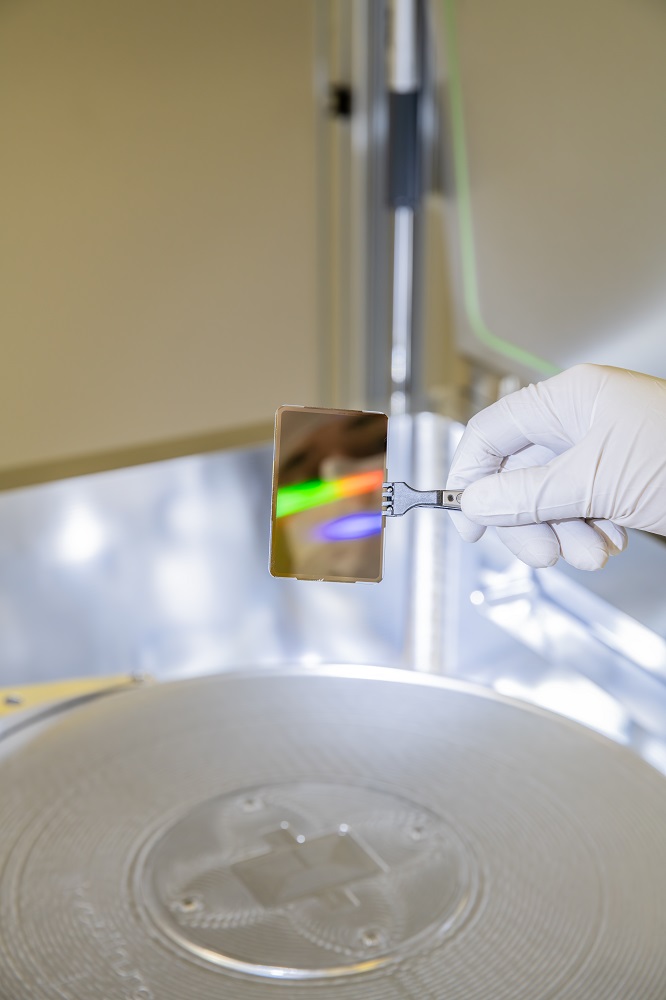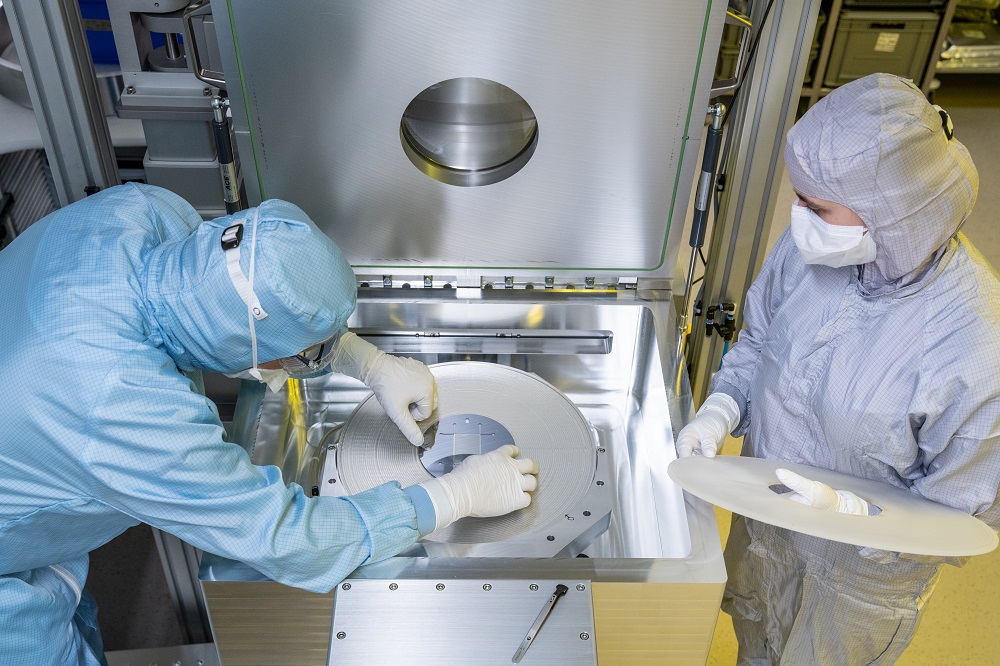Fraunhofer IOF researchers develop innovative diamond structures for climate change research
ESA Mission FORUM: “A thermometer turned satellite with extreme precision”
Measuring how Earth is losing its cool - that is the undertaking of the FORUM mission. The European Space Agency's (ESA) satellite mission, scheduled for 2027, aims to analyze Earth's heat budget in order to better understand global warming and Earth’s climate system. For the spectrometer on board the satellite, researchers from Jena have developed a novel diamond structure that enables precise measurements on the far-infrared spectrum. The first flight hardware has now been delivered.
Earth is starting to sweat - literally. The years 2018 and 2022 were among the warmest since recordkeeping began. An important piece of the puzzle in the study of global warming is the radiation of heat from Earth to space. “Climate change is caused by an imbalance in Earth's radiation budget,” explains Dr. Falk Eilenberger, a researcher at Fraunhofer IOF. “The problem: Greenhouse gases reduce the amount of heat that is radiated from Earth to space. The result: It's getting progressively warmer down here. However, this process is extremely complex and is influenced by factors such as the distribution of the gases, cloud formation and currents in the atmosphere,” the researcher continues.
To better understand these complex mechanisms, the European Space Agency (ESA) plans to launch the FORUM mission in 2027. A satellite will be used to record Earth's radiation budget with precision to a local level. “Figuratively, that means FORUM is a thermometer turned satellite with extreme precision,” Eilenberger illustrates. A spectrometer is employed on the satellite to function as a ‘thermometer’. It records Earth's heat radiation on the far-infrared spectrum - that is, from about 10 to 100 micrometers (µm). The key component here is the spectrometer's beam splitter.
Etched diamond structure acts as a beam splitter in the interferometer
This is where the Fraunhofer Institute for Applied Optics and Precision Engineering IOF and the Institute of Applied Physics (IAP) at Friedrich-Schiller-Universität Jena play a crucial role: For this very beam splitter, researchers from both institutes have developed and manufactured an innovative diamond microstructure for the high-precision measurement of spectra in the far-infrared range. A special technology is used for this, in which microscopic pyramids are etched into a diamond.
“For the extreme range to be recorded by FORUM, we need a beam splitter that is transparent over the entire spectral range,” explains Falk Eilenberger, who heads the Department of Micro- and Nanostructured Optics at Fraunhofer IOF. He continues: “There is no optical material that has this property - except diamond.” Accordingly, the researchers used a diamond about the size of a credit card (~43mm x 64 mm). Its shiny (and later additionally coated) surface acts as a beam splitter. And here the next challenge awaits, because: “Only one surface of the diamond is allowed to shine,” Eilenberger points out. "So, our job was to make the second surface antireflective.”
Conventional antireflection processes, such as those used for eyeglass lenses, are unsuitable for this application because they consist of layers of different materials and are not transparent over the entire spectral range. Because of this, the researchers have developed a special etching process to place the necessary structures into the diamond. To do this, they drew inspiration from nature - specifically, from the eye of the moth.
Inspired by nature: Moth eyes as a model
“Moth eyes are antireflective on a broad spectrum,” explains Eilenberger. “They achieve this antireflection through microscopically small pyramids on the surface. Fraunhofer IOF has already adapted this model from nature some years ago for optics that are visible. We have now utilized this approach on diamond beam splitters for the FORUM mission.”
Even though the concept has been utilized for a while at Fraunhofer IOF, the requirements for application with the FORUM mission are extreme, as Eilenberger explains further: “Last but not least because diamond – known as one of the hardest materials in the world – is very difficult to structure. The extreme range also requires pyramids with extremely accurate shapes. This is why we had to develop an etching process that can produce the structures of the necessary shape in an exact and reproducible way.”
The researchers achieved this with the help of a reactive ion etching process, masked by an electron beam lithography mask. As a result, they achieved an antireflection coefficient of more than 96% thanks to a structural depth of more than 7 micrometers and a precisely defined slope steepness. The colleagues from the Institute of Applied Physics (IAP) at the Friedrich-Schiller-Universität Jena were significantly involved here: "Without this absolutely excellent collaboration and the outstanding etching technology developed at the IAP, the structuring of the diamond would not have been possible or so successful," says Eilenberger.
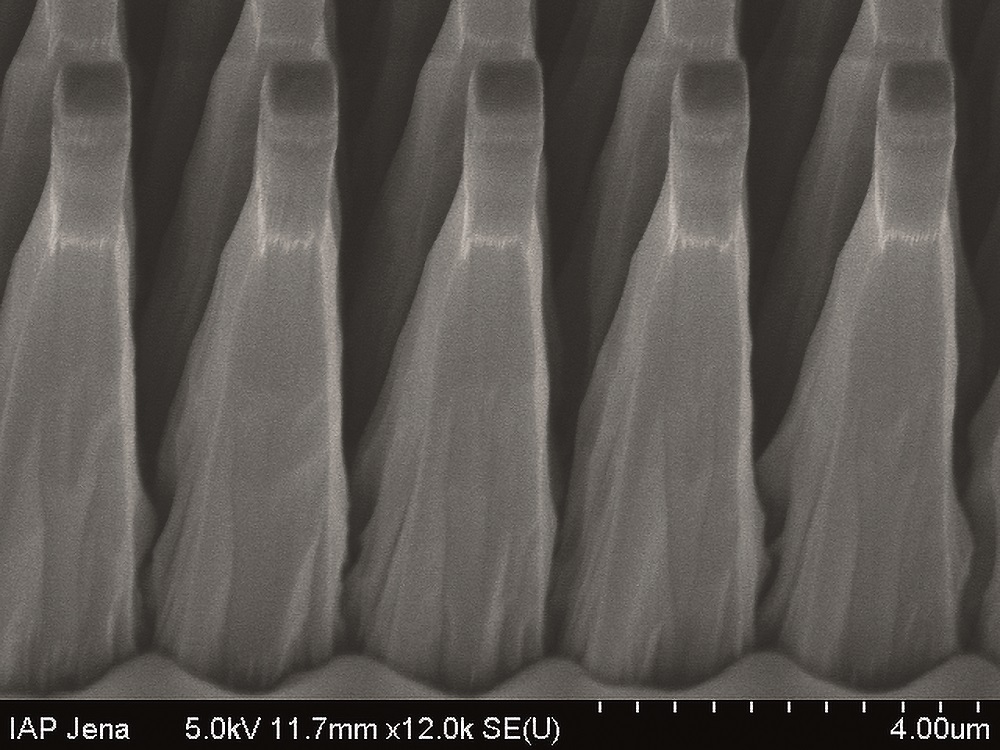
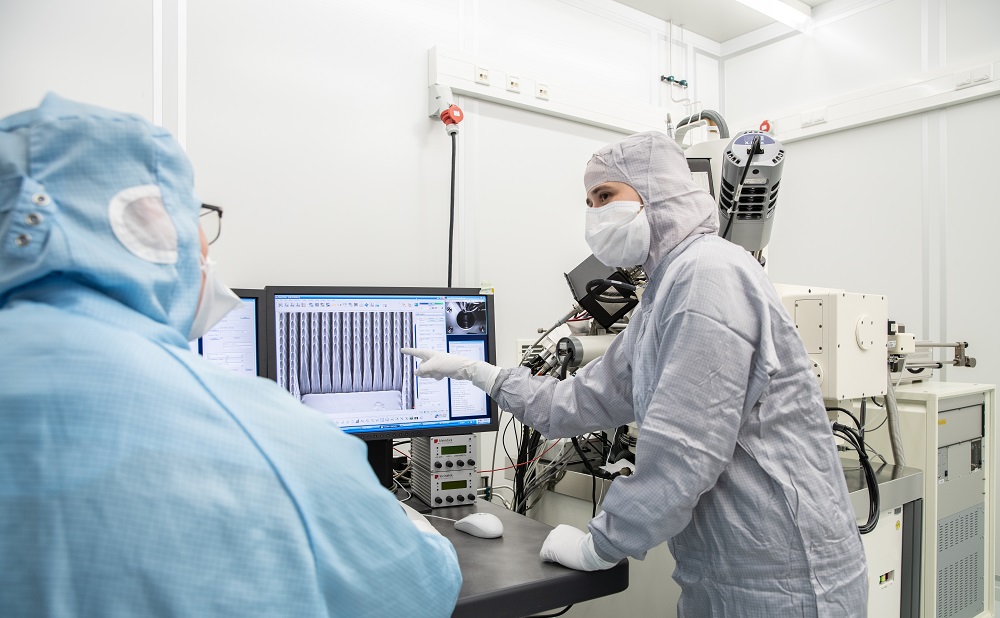
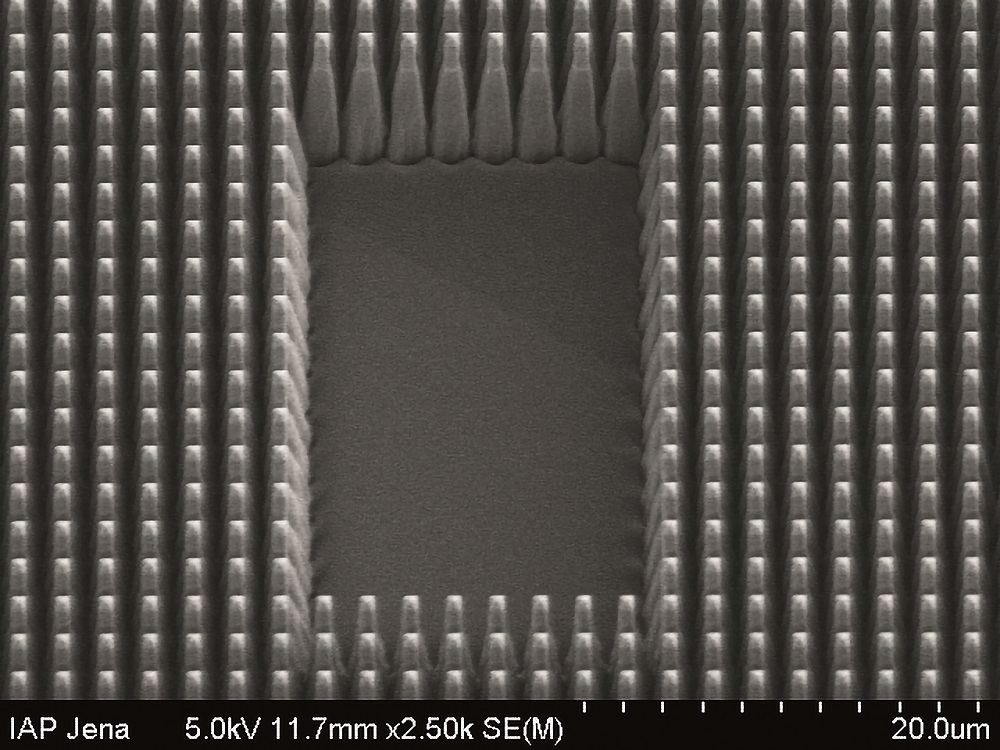
“Diamonds are photonics’ best friend”: potential as an optical material
For Falk Eilenberger and his team, the development shows great potential in the use of diamonds as an optical material: “This project also shows that we can only really start to use the potential of diamond as an optical material through nanostructuring,” he explains. He further continues that diamond is the only optical material that can be used from ultraviolet light to deep infrared. “Due to its high density and heat conductivity, diamond also makes for an excellent material in high-performance laser optics. Compared to classic laser optics, diamond can survive even the most extreme environments with no problems.”
He goes on: „With this project we also want to show that nanostructured diamond is the material of the future for optics in the extreme range. Our processes enable us exceptionally well to shape this future: diamond meta-optics, waferscale diamond magnetic-field sensors, resonant diamond mirrors and much more. You could say: Diamonds are photonics’ best friend.”
Successful delivery after four years of development
The FORUM mission marks an important milestone in the study of climate change, as well as the application of diamond structures in space technology. The research team from Jena – consisting of Fraunhofer IOF and IAP staff – has spent four years on the development of the novel diamond structure. The development is carried out in close consultation with the client OHB SE, as well as ESA as the mission’s responsible body.
The airworthy beam splitter was handed over to OHB in December 2023.
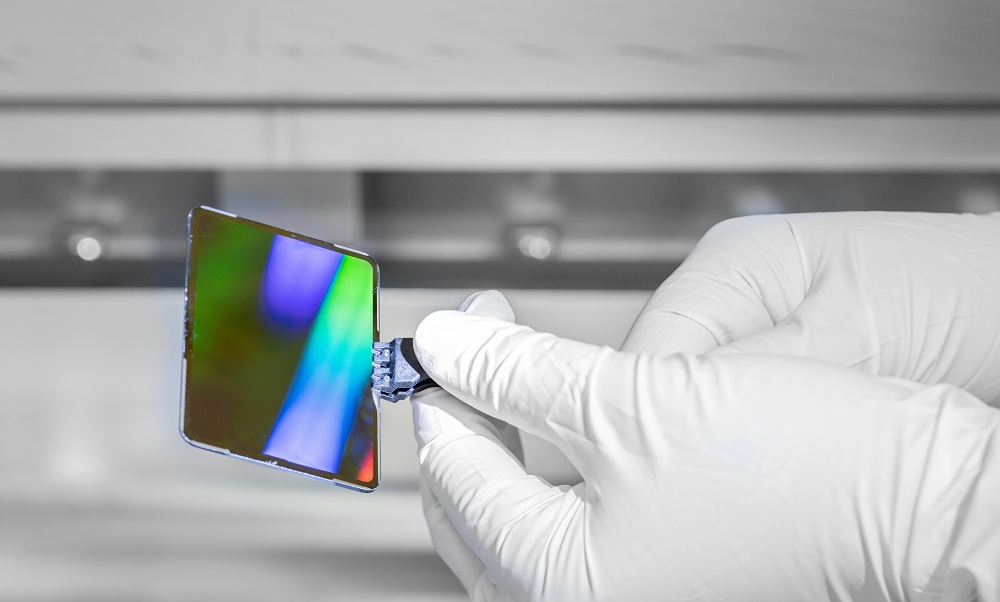
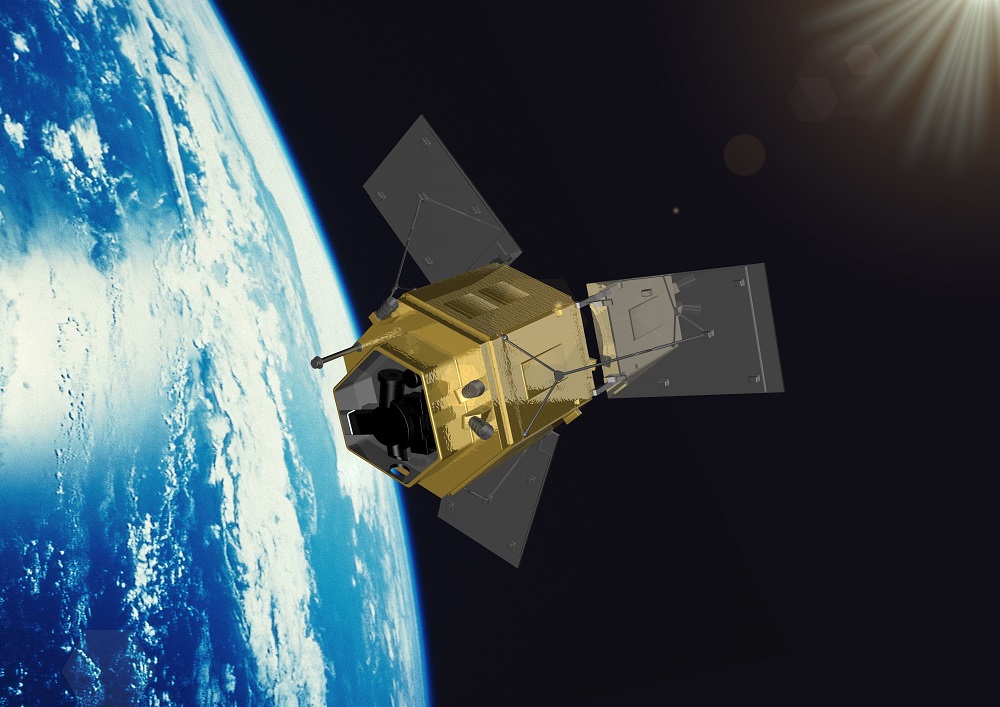
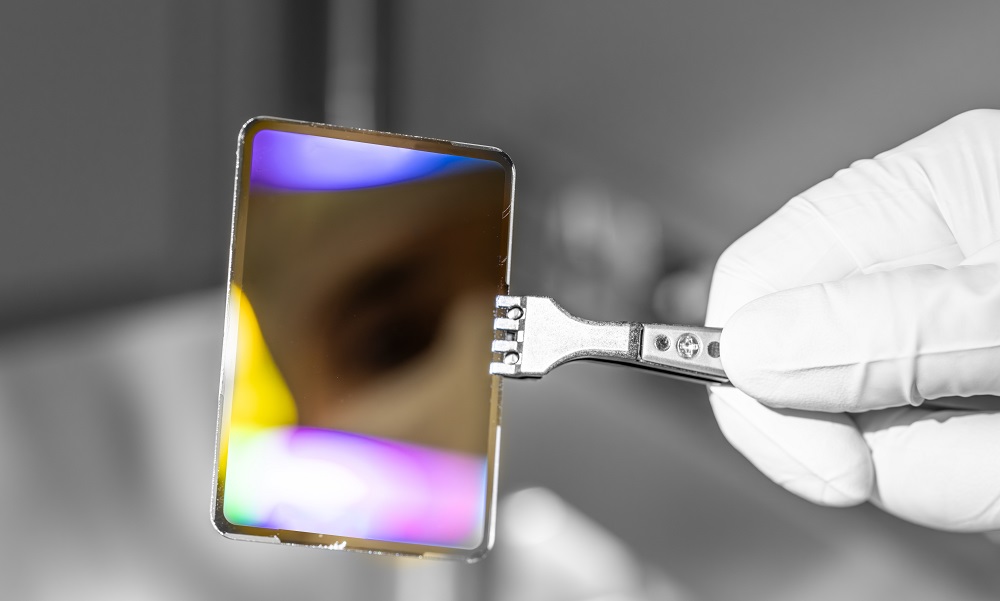
Video animation FORUM © ESA/Met Office/Météo-France/geoGraphics
This video and other information material about the FORUM mission can be downloaded from ESA at: https://www.esa.int/Applications/Observing_the_Earth/FutureEO/FORUM/Introducing_FORUM
